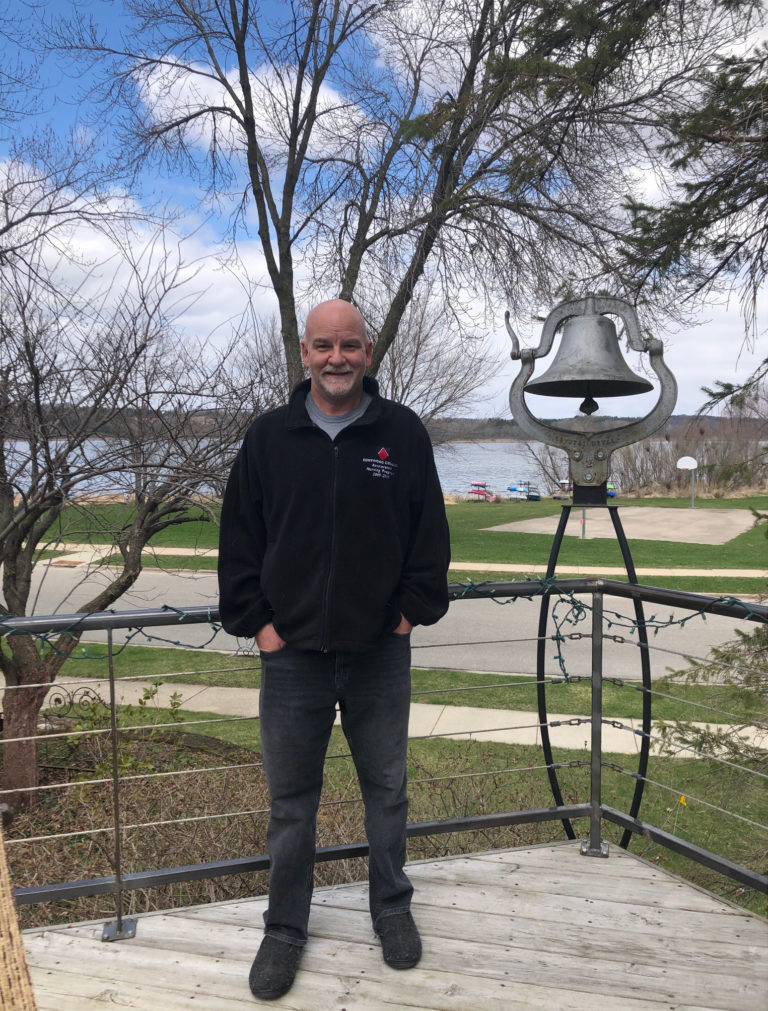
By Anita Weier
Northside News
There are many ways to fight the devastating coronavirus, and nurses who live on the Northside have been involved in some of them.
Barb Kyle, a nurse who retired from St. Mary’s Hospital, went back to work at UW Hospital. She had been doing procedures such as colonoscopies until she was “redeployed” as part of the virus testing effort.
Kyle works in a drive-thru tented area in full protective gear doing nasal swab tests. She started out testing UW employees and then people who worked for businesses affiliated with the UW. Then she began testing surgical patients. Some people who have recovered from COVID-19 are also being tested to find out whether their plasma could be used for treatment.
The rotating work also involves intake of those who will be tested, computer work generating ID stickers to affix to test vials, and calling people with test results. Usually about 15 members of the team are working at a given time. Individuals work four 10-hour days.
She was recently told she would return to elective procedures, but the situation remains in flux depending on the course of the virus pandemic. Kyle has declined offers from hospitals on the east and west coasts dealing with surges of COVID-19 patients. Pay would be up to $5,000 a month, but she does not want to go into a dangerous situation.

“I was worried at first when there was talk nationally about running out of protective equipment, but we have not had that problem at UW,” she said. Her team is double-masked and double-gloved and wears hazmat suits. “Between clients we clean up with hospital-grade wipes.”
“I feel safer than those working at Costco or delivery people or cleaning staffs,” she said. Kyle urges everyone to continue isolating themselves and social distancing to protect themselves and those they come in contact with and, ultimately, health care workers and other essential employees.
Nearby, at the Veterans Administration Hospital, Nurse Jay Laurie’s job responsibilities have shifted due to the COVID-19 threat. He had worked in a community living center caring for patients who were better but not ready to go home. There were also four hospice rooms for end-of-life care. Now during the coronavirus threat, the section has been mostly transformed into a medical-surgical unit to take care of more acute patients, though hospice rooms remain.
“We expect to see an influx of patients,” he said. “We recently got N95 respirators and other protective equipment. We don’t know when this will hit harder. We have been cleaning and maintaining equipment.”
The staff has their temperatures taken every day, and those with fevers are sent home. “They give us daily updates about COVID-19 but the numbers have been really low,” he said in April.